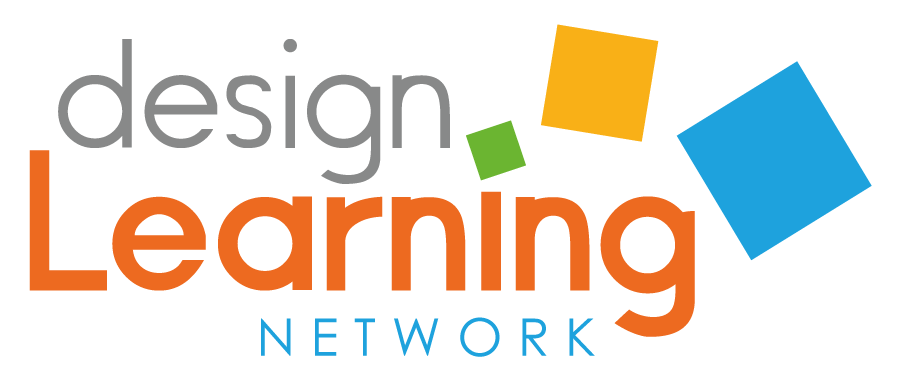Step 1 - Explore, FRAME PROBLEM SET WORTH SOLVING
1.1 Engage in Fun Exercise
Students kick-off the challenge by experiencing a fun and playful sensory-based exercise – one that invites learners to explore key concepts, vocabulary, and skills
1.2 Conduct PRE-Challenge Assessment
Learners take a scored but non-graded PRE-challenge assessment to capture student levels of understanding and depth of knowledge of key concepts – no more than 3-5 items
Teachers offer students feedback on assessment outcomes in the form of 2-3 questions as food for thought – aimed at recording performance outcomes based on criteria that assists in revealing levels of detailed knowledge, gaps in reasoning, or misconceptions
The PRE-assessment can be used to track and compare midpoint formative assessment and POST-assessment performance differences
1.3 Unpack Key Concepts
Students discuss, unpack, and make sense of key concepts – as well as connections to prior knowledge and previous experiences
1.4 Identify the Problem
Learners discover a real-world problem worth solving – one that is relevant, doable within the allotted time, offers accessible resources, and aimed at purposeful contribution(s)
1.5 State the Problem
Students articulate the problem in the form of a statement – one that is easily understood without explanation
